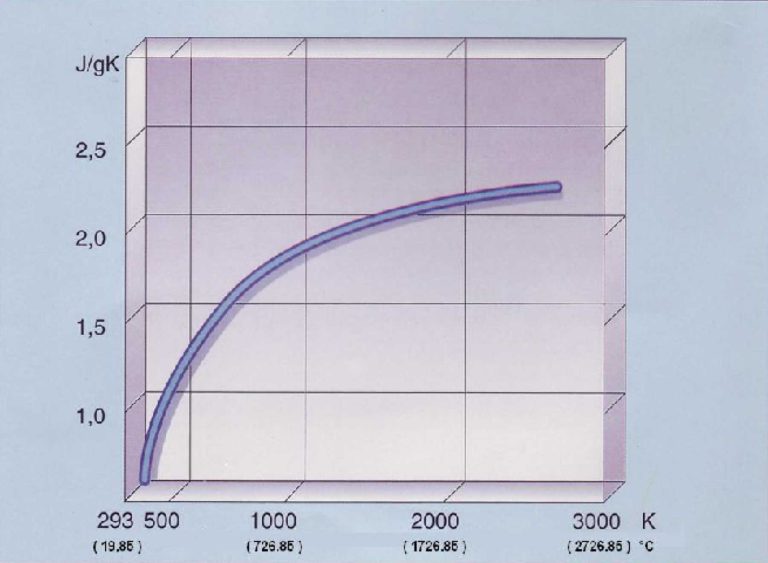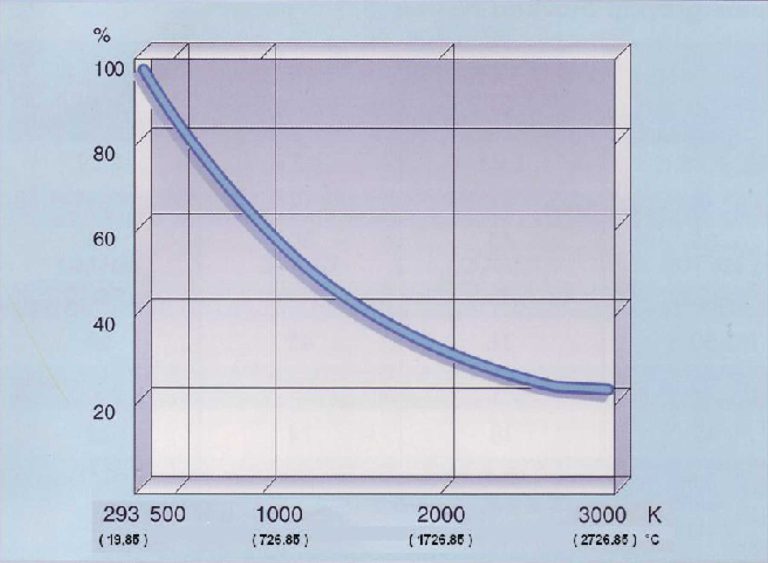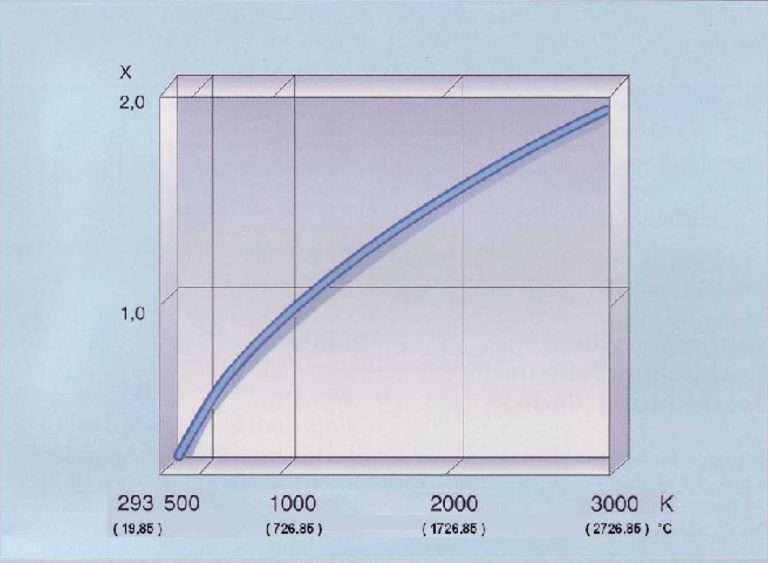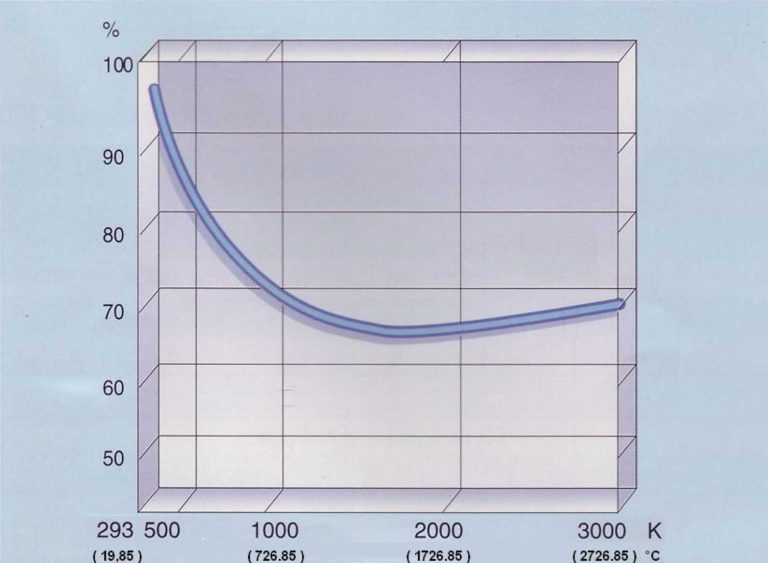You are here:
- Home
- Material properties of graphite
Material properties of graphite
The combination of exceptional properties and the ability to adjust specific material characteristics through variations in raw materials and manufacturing technologies has made graphite an indispensable key material in industry.
Key properties of graphite
- Can be produced in ultra-high purity
- High thermal and chemical resistance
- Excellent resistance to thermal cycling
- Electrical conductivity
- High thermal conductivity
- Increasing strength with rising temperature
- Good machinability
Non-wettability
Graphite is not wetted by molten glass or most molten metals.
Temperature resistance
Graphite does not melt but sublimates at approximately 3,900 K. In air, graphite remains stable up to about 750 K.
Thermal shock resistance
Graphite exhibits extreme thermal shock resistance, allowing for rapid heating and cooling cycles without structural degradation.
Machinability
Graphite is mechanically easy to machine, with high edge and abrasion resistance. Even complex and tight-tolerance components can be precisely manufactured.
Specific heat capacity
Different graphite grades show only slight variations in specific heat capacity.

Thermal conductivity
Graphite has higher thermal conductivity than many metals, and its conductivity decreases with increasing temperature. The thermal conductivity also varies with the degree of graphitization.

Thermal expansion
The thermal expansion coefficient ranges between 3 – 5.5 x 10⁻⁶ K⁻¹, which is only about one-quarter that of iron. The value varies between different graphite grades and depends on material anisotropy and temperature.
Diagram for Determining the Thermal Expansion Coefficient >290 K
Amount X to be added to or subtracted from “a”.

Electrical resistance
Unlike metals, graphite has a negative temperature coefficient of electrical resistance. It has good electrical conductivity but behaves like an insulator near absolute zero due to the limited number of free electrons. As temperature increases, electrical conductivity improves.

